Prostor 2017. We remove marketing wrappers, or in search of a technological breakthrough
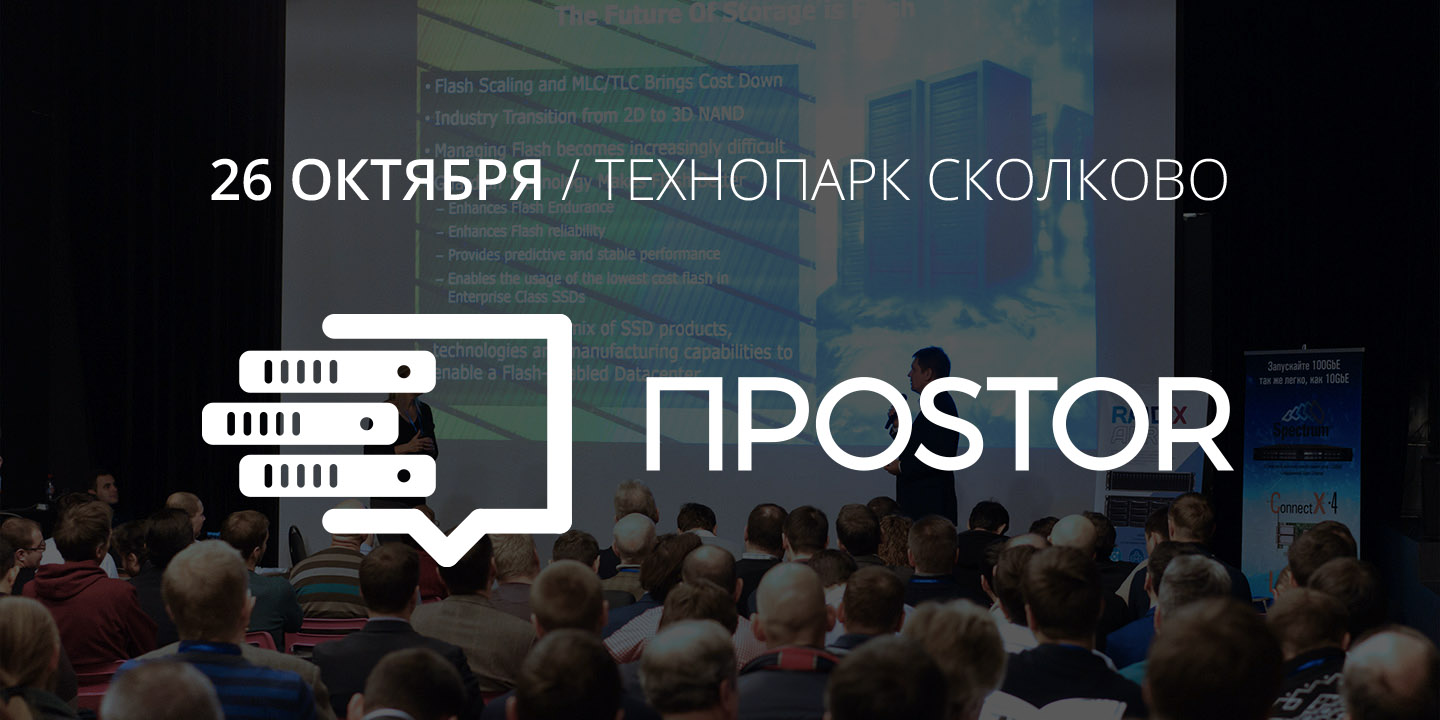
On October 26, 2017, Reuters and partners will hold a regular forum PROSTOR — a technology conference on data storage and processing. The first conference was held in Moscow in 2015, this year PROSTOR will be held at the Skolkovo Technopark. A rich technical program and the widest range of participants are expected - Minister of Communications N.A. Nikiforov, experts from Broadcom, HGST (Western Digital), Mellanox, Panasonic, SanDisk (Western Digital), innovative startups and many others.
What is a prostor?

The idea of such a technological event was born against the background of many commercial conferences that are held in our country and abroad with enviable regularity. Starting from the opposite, the organizers of Prostor decided to reduce the level of marketing noise and sort out existing and future storage technologies. PROSTOR members do not advertise their solutions, but provide specific technical information about what is happening in the data world, talk about new drives, connectivity, and architectures.
')
What are the features?
We want to look a bit into the future and identify the very Next Big Thing about which Western evangelists write, but based on real material. At Prostor 2017, both hardware (drives, network connection tools) and storage management approaches (coding, replication) will be presented.

Speakers will talk about memory-centric architecture, NVDIMM, NVMe Over Fabrics, new storage interfaces, distributed storage systems, and much more. At Prostor, it will be possible not only to listen to interesting reports, but also to “touch” various systems within demo zones.
Who will the event be useful for?
On the one hand, it will be interesting for heads of enterprises and government agencies to see where the industry is heading and what to expect in the future. On the other hand, the reports will elicit a lively response from engineers and experts, for whom technical details and details are important.
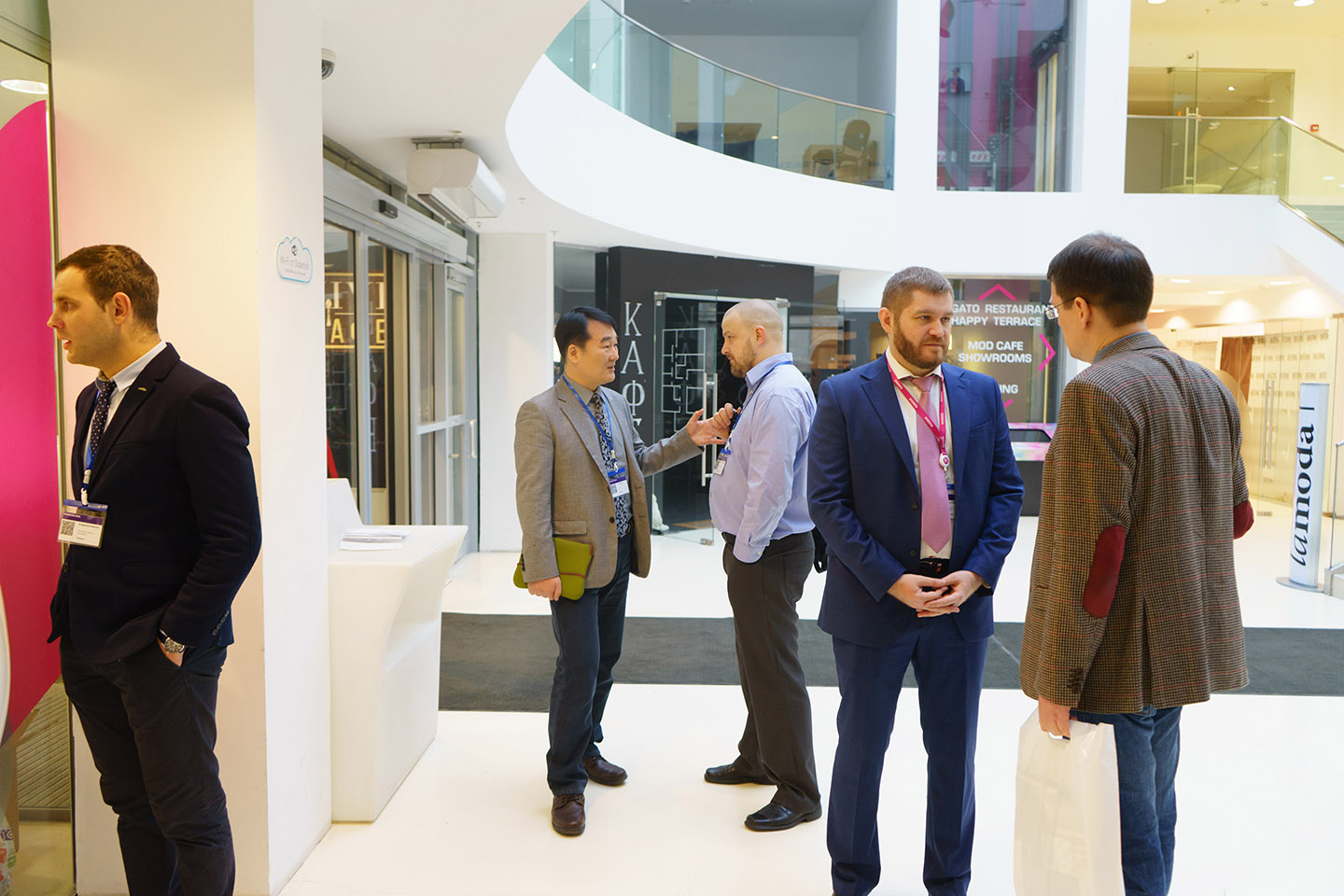
The audience of Prostor are system integrators and equipment assemblers, suppliers of complex IT solutions, end-company customers, media groups, telecom operators, large research clusters and all companies interested in efficient data storage.
Everyone will find something different on PROSTOR'e!
How is the program Prostor 2017
Let's talk about the reports, more precisely, about the thematic blocks that have been selected for this event.
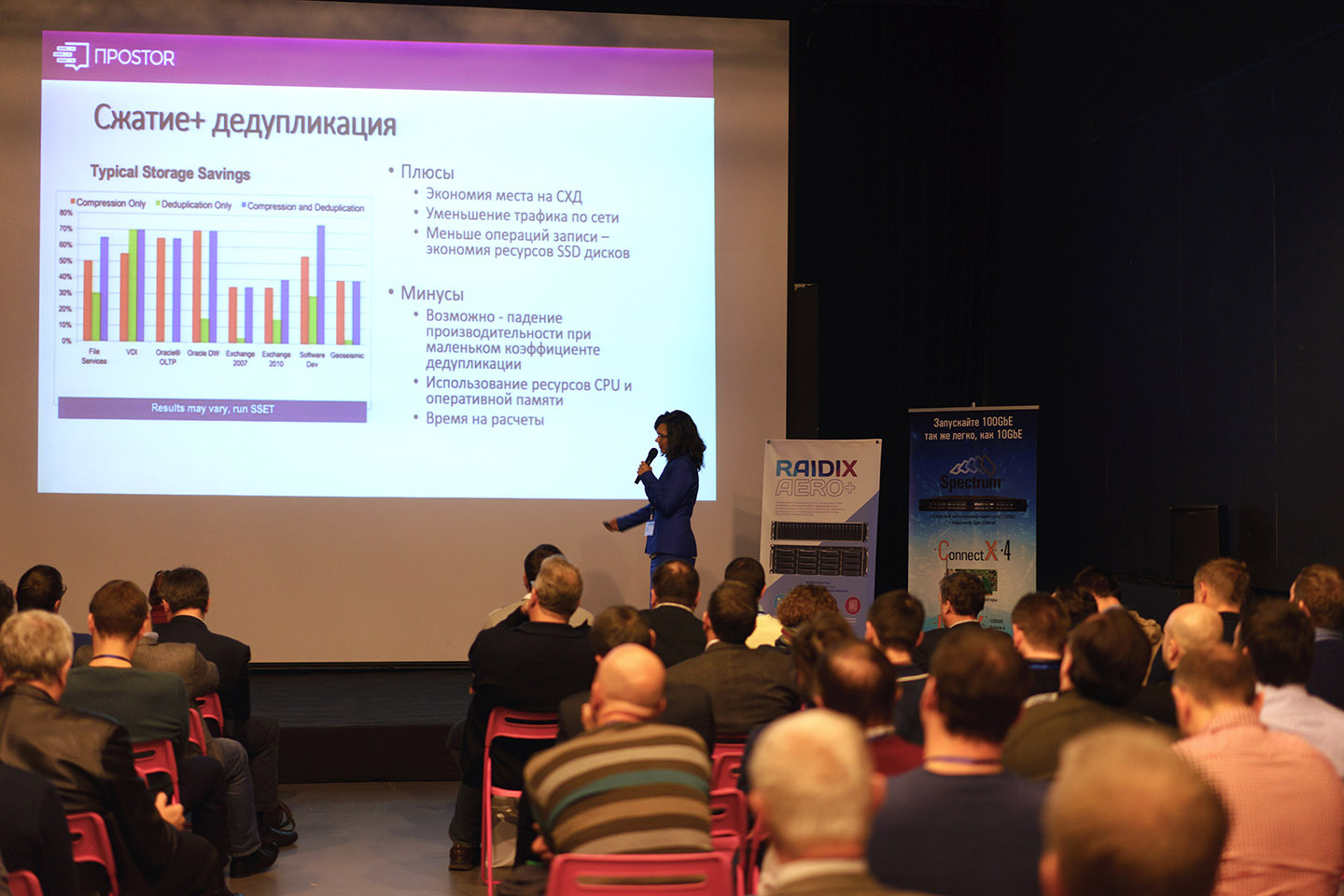
This year the program will be divided into five tracks:
- Solid State Drives. Flash and memory storage class. Nvme
- How to store petabytes?
- Network solutions. Fiber Channel vs. Ethernet, NVMf
- Storage management in the data center
- Comparison of storage architectures.
Why did our program committee choose these particular topics? We will try to answer this question by making a preliminary review of each track.
Track 1. Solid State Drives. Flash and memory storage class. Nvme
For a long time, we considered semiconductor memory as an extension of the storage system. At the moment, we are witnessing a gradual transition to a new paradigm, which inevitably entails a new approach to storage. Characteristic features of this new paradigm are Memory-Centric architecture, software-defined storage and software-defined memory, focus on horizontally-scalable architectures, high-density 3D NAND, new form factors, NVMe, smart storage and storage.
Experts from SanDisk (Western Digital Brand), Micron and ScaleMP will tell about all this.
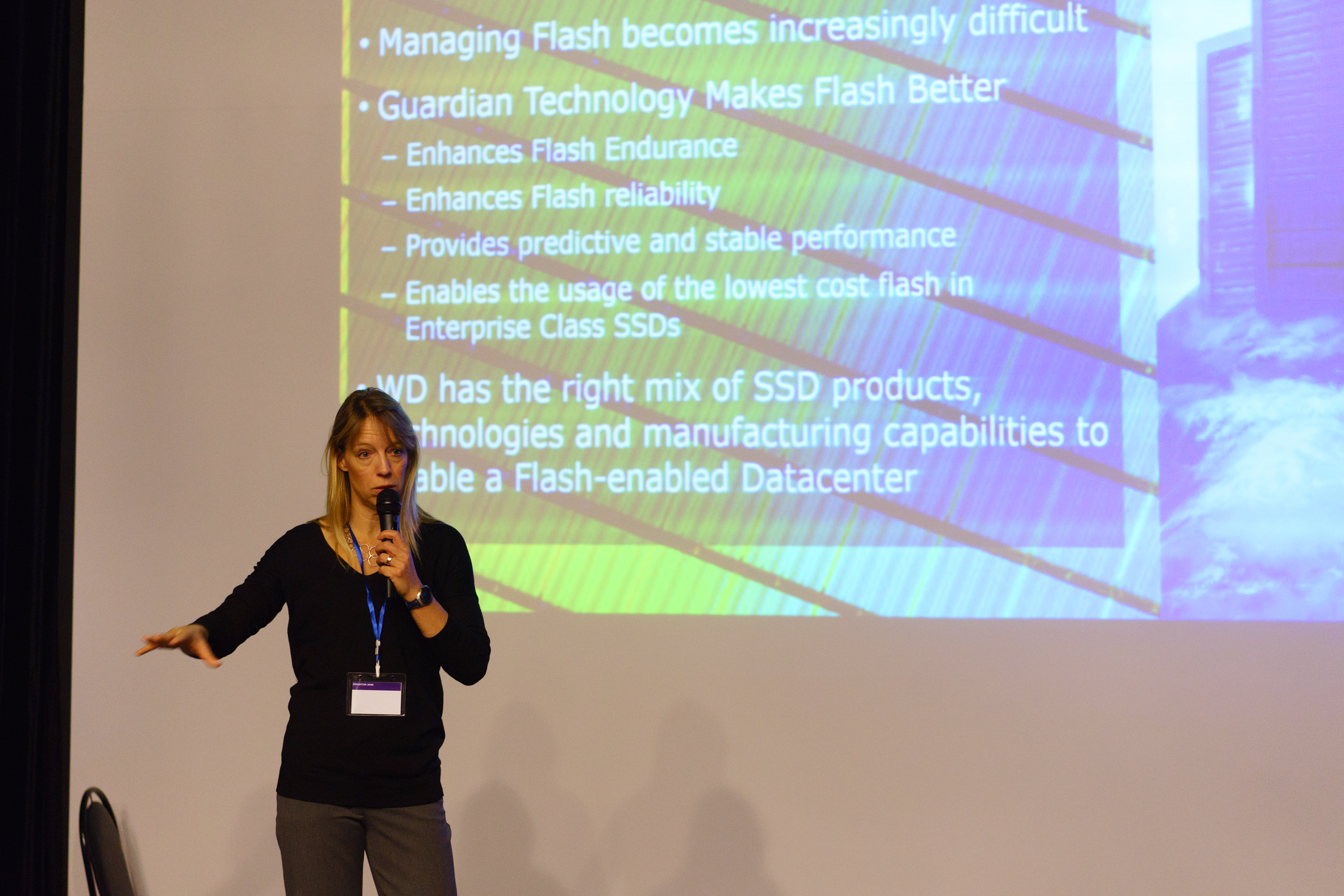
Track 2. How to store petabytes?
The growing volume of multimedia data increases the need for containers. According to IDC reports, storage volumes are increasing annually by 40%. Where is the limit to increase? Where is the promised HAMR (aka “thermomagnetic recording”)? Hard drives using this technology were supposed to appear on the market in 2010-2013, and things are still there. Will the SSD appear on 100TB, if so, when?
Experts from HGST (Western Digital Brand), E8 and Radiks will review new drives, hardware and software technologies for storing petabytes and exabytes of data in modern infrastructures.
Track 3. Network solutions. Fiber Channel vs. Ethernet, NVMf
All modern storage vendors say about NVMf. Argued that the existing protocols will not be able to service the storage system of tomorrow. If we switch to new protocols, then where is the support in the mainstream? Where is the initiator for MS Windows and VMware? For memory, however, a different type of grid is needed!
Experts from Mellanox and Broadcom will talk about new interfaces and connection technologies.
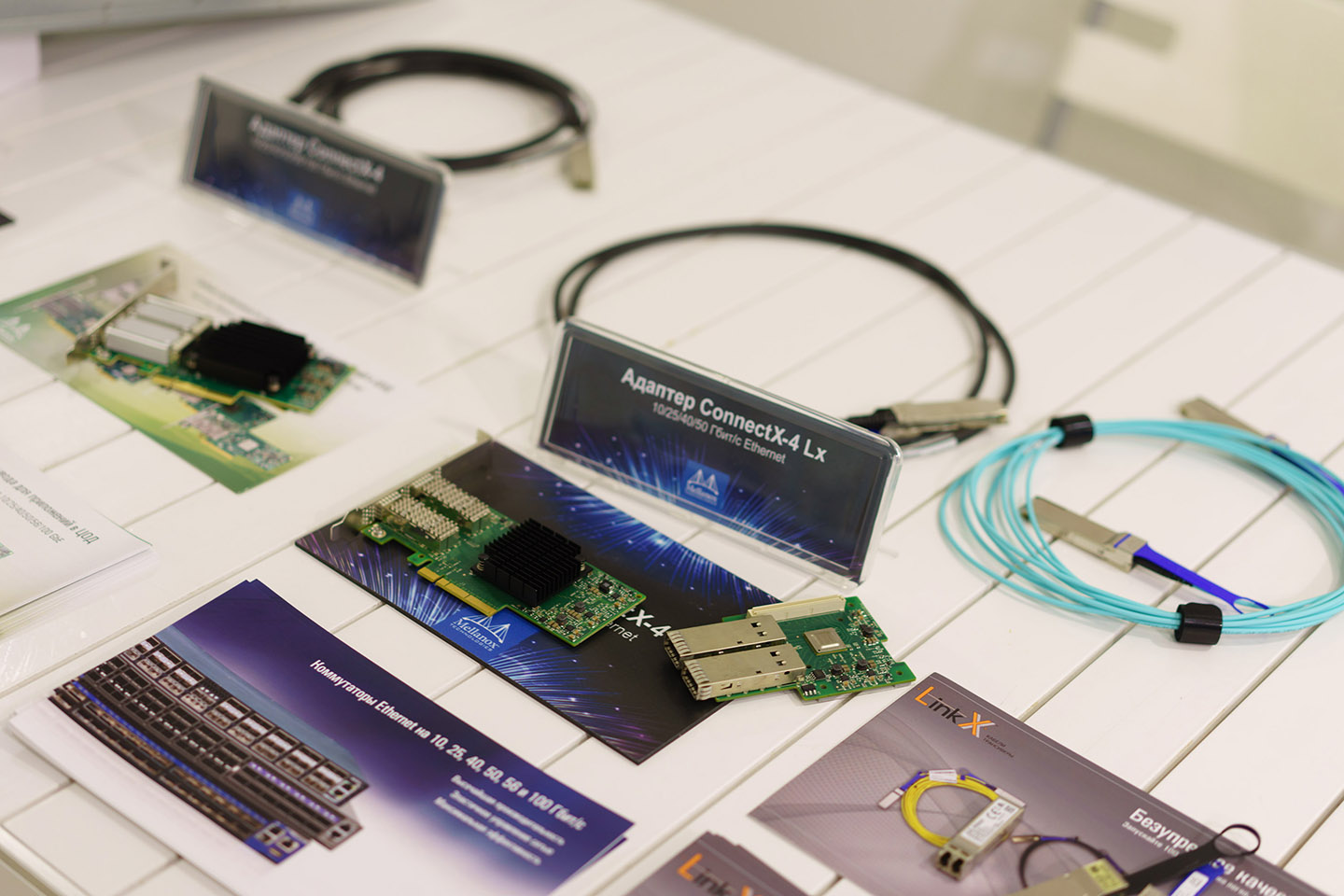
Track 4. Storage management in the data center
How to reach a new level of performance in the data center? There are several approaches to this problem. From the connectivity side, leading vendors are developing new adapters that are sharpened for heavy loads. New standards and specifications are being created for horizontally scalable architectures, such as SNIA Swordfish. A new generation of optical drives with increased reliability and disaster resistance is coming out.
Experts from SNIA, Mellanox and Radiks will talk about all this.
Track 5. Comparison of storage architectures
In the West and in Russia, the main trend of storage development is the creation of an architecture that will allow businesses to quickly adapt to the growth in the number of employees, customer base and processed data. The key factors in this case are high scalability, optimization of disk space usage, data processing on the fly.

Vendors are actively working on software-defined memory technologies and distributed data storage using artificial intelligence methods. Distributed systems provide an opportunity to combine free space on servers into a single storage space, thereby increasing the speed of data processing and reducing the cost of additional equipment.
The driver of the industry is becoming big data, which is used not only by global corporations, but also in professional industries, for example, in medicine. How to store big data? Whether classical block storage will resist or will not pass tests Big Data?
Experts from Elastifile and Doc + will express their opinion on these issues.
How to get to the event?
Participation in the event is free by prior registration for specialized professionals. Fill out the form on the site http://prostor.raidix.ru/ , and we will consider your application!
Source: https://habr.com/ru/post/339002/
All Articles